Asteroid Mining: The Near Future or False Hope?
Every year we use more and more resources in the production of electronics, machine building, aerospace industry… some scientists are already making predictions about the acute shortage of mineral resources for further technology development. The replacement of the original materials will not be able to solve the problem in the long run, because we cannot create something out of nothing.
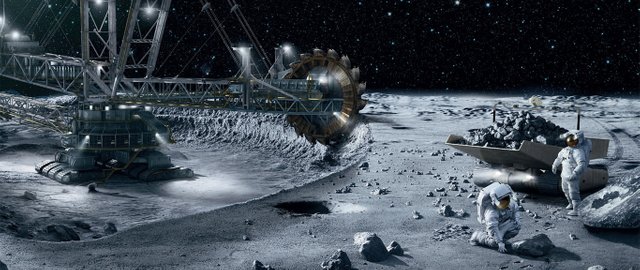
Humanity is actively expanding production of minerals on all fronts, as always ignoring the consequences and damage to the planet. Many see hope in future colonization of other planets, but there is a more harmless and promising method for extraction of resources, that can be implemented in the coming years- Asteroid mining.
What resources we can get
All the asteroids in our solar system can be divided into three types, according to the elements of which they consist. Not all of them are of interest in the extraction of raw materials to date, but anyway, none of these types cannot be called useless.
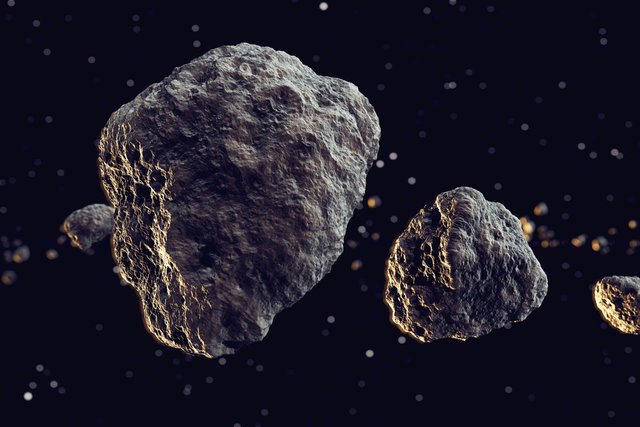
C-type the water and carbon asteroids, the most common in space, approximately 75% of all asteroids belong to this type. An asteroid with a diameter of 7 meters, can contain up to 100 tons of water! Today humans do not experience serious problems with water resources, but these asteroids can be used to provide the colonies with water, and the hydrogen to synthesize fuel.
S-type rocky asteroids, 17% of all known asteroids. They are based on silicon, magnesium, silicates of iron. In fact, now they are of no interest for industrial development, because consist from large volumes of cosmic dust with a small metal veins.
M-type the metallic asteroids. These “guys” are the choicest pieces. They contain huge amounts of metals, including rare (gold, cobalt, iron, manganese, molybdenum, nickel, osmium, palladium, platinum, rhenium, rhodium and ruthenium). One asteroid with a diameter of 1.5 kilometer can contain precious metals worth $ 20 trillion! An asteroid with a diameter of 1 km can contain up to 2 billion tons iron-nickel ore (this is the amount of annual production on Earth). Asteroids have this amount of metals due to the high density.
In fact, all metals, which now mined from the upper layers of the earth, are the remnants of asteroids. At the early nascent stage of our planet, after cooling of the crust, its surface has undergone asteroid bombardment. Around 4 billion years ago began the planetary differentiation- under the action of gravity, heavy elements (metals) fell closer to the planet's core, so we have to dig for mining.
Where we can find the asteroids
Our planet is lucky in accessibility of asteroids, relatively close to Earth (between Mars and Jupiter) lies the asteroid belt. It is a place of accumulation of a huge number of asteroids of different types.
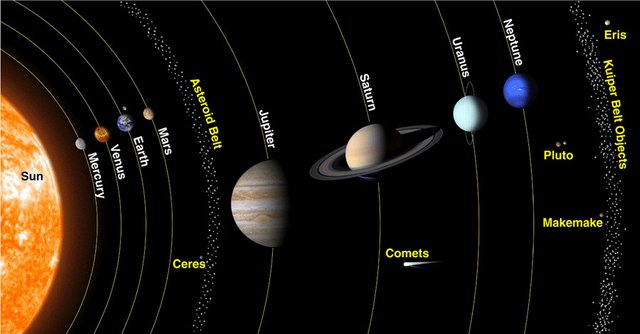
According to the latest data in our solar system discovered 700.000 asteroids, for 400.000 were determined the accurate orbits of movement. The number of asteroids larger than 1km in our system can range from 1.1-1.9 million. It is a huge reserves of resources. But, given the modern engines of spacecraft and the distance from Earth to the asteroid belt, this cluster is hard to reach today.
The distance from Earth to the asteroid belt is about 1.5 astronomical unit. (1 au= 150.000.000 km). For example, the distance from Earth to Mars is 0.3 astronomical units, and a one-way trip can take 150-300 days, ie flight to the asteroid belt will take 2-2.5 years.
This doesn't mean that this type of resource extraction is not available for us today. Modern technologies allow to get to the asteroids between the Moon and Mars. In this region discovered 12,000 asteroids suitable for mining and their orbits of motion is fully defined and understood. Recently was published a list of the 12 most available to capture asteroids (their capturing or change their trajectory can be produced most cheaply, quickly and efficiently).
Methods of mining and transportation
There are several possible ways of extracting minerals and shipping them to the Earth. Some of them are purely theoretical and cannot be implemented today, while others look quite achievable.
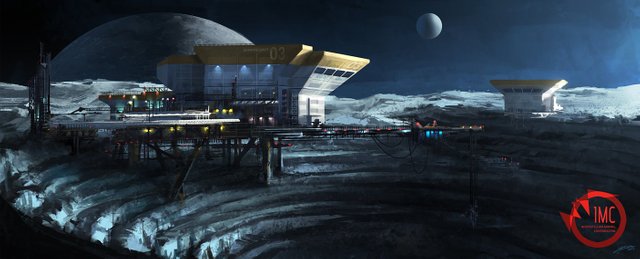
The establishment of factories of production and processing on the asteroid's surface- It is impossible today. Humanity has not yet created colonies and factories on a more suitable objects (Moon). Conditions for the deployment of industry on asteroids much tougher.
Placement on the asteroid of self-replicating machines, such machines can build copies of themselves from the extracted resources, thereby increasing production exponentially. Today even on the Earth there are no such machines…
The real way of mining, that can be implemented in the next couple of years, is the capture of an asteroid and its displacement into orbit between Earth and the Moon. Or Is supposed to place the asteroids in Lagrangian points (this is the point at which objects of relatively small mass remains stationary due to the impact of the large bodies).
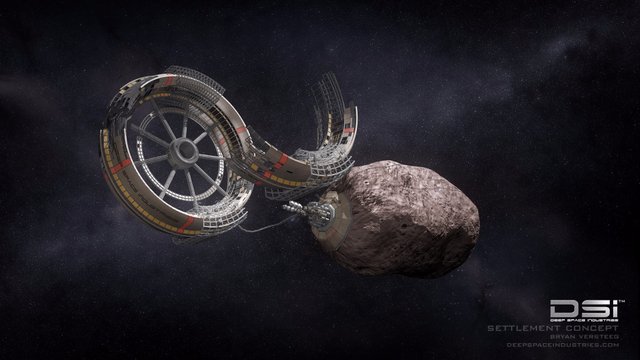
The space-tug can capture an asteroid in several ways: catch by harpoon, capture by generating a magnetic field (great for metal asteroids), another option is to capture an asteroid using the gravitational field, which creates a space-tug (It changes the trajectory and speed of movement).
NASA already has an active program: Asteroid Retrieval Mission to capture of the asteroid with small diameter (7-8 metres) and a weight of 500 tons, this program will enter the active phase in 2019. Spacecraft (tug) will capture the asteroid in a special "cup", and using ion engines will gradually to tow it to Earth.
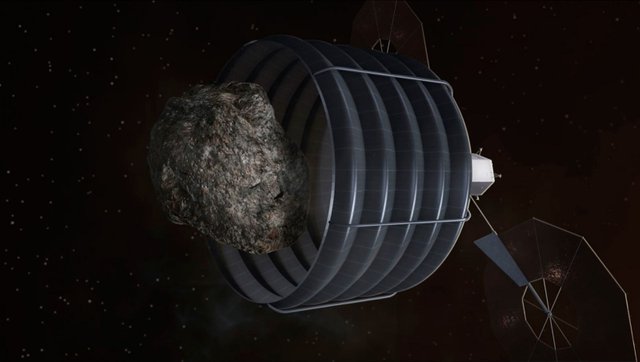
For the select of asteroid was developed the machine OSIRIS-Rex. It is equipped with a set of spectrometers which are able to determine: the presence of organic substances on the asteroid and study its infrared spectrum, determine the composition and temperature, explore the Sunny side of the asteroid and will help to determine what substances are in its surface layers. Also based on photos from OSIRIS-Rex will be create a 3D model of the asteroid.
The cost of this program $ 1.25- 2.6 billion seems very low in comparison with the resources that may contain metallic asteroid even such a small size. The approximate cost of the metals is $ 5-10 billion. In any case, this mission is purely scientific in nature.
The asteroid mining can be carried out in the Earth's orbit, but the speed of its development will be very slow: need to deliver the equipment to drill, educate people, it is impossible to carry out blasting.

Much cheaper and safer after a detailed study to pull the asteroid to the Earth's surface (in desert areas), to start mining resources on the ground. But there are no technologies that allow to make a controlled descent of a large unmanaged object, from orbit to the planet. Although theoretically it is sufficient to use the engine braking, which will be securely embedded in the "body" of the asteroid.
Other countries are now at the stage of active projects to study the composition of asteroids, their analysis, and do not advertise programs directly for transport and mining. There are also several private companies that believe in this promising technology.
Planetary Resources was founded in 2009 with the financial support of James Cameron. Their first model of the spacecraft, the Arkyd-100 is essentially a telescope, designed to explore the nearest space.
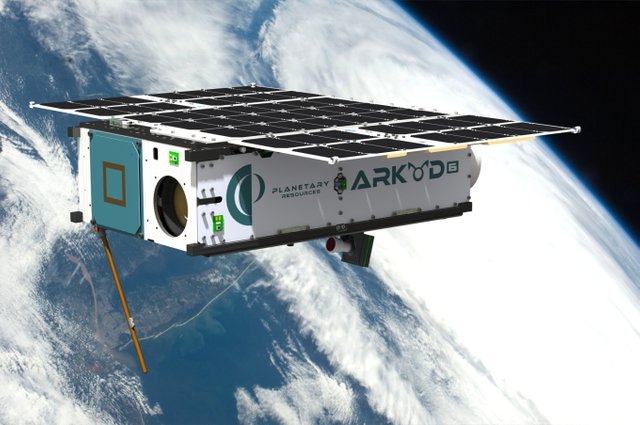
It is planned that the next spacecraft Arkyd-200 and Arkyd-300 would do a specific search for asteroids, and their preparation for the extraction of raw materials.
Deep Space Industries was founded in 2013 by a former employee of NASA and Australian scientist. Their spacecraft FireFly is designed to search for suitable asteroids, and DragonFly will be able to split off and transport the pieces of asteroids weighing 50-75 kg to Earth for further evaluation.
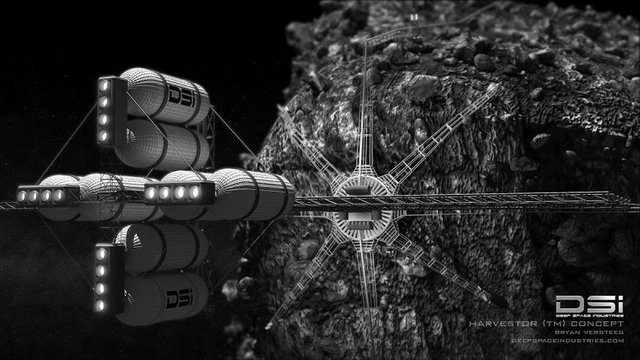
In 2023 the company plans to start active mining of minerals on the surface of asteroids. For the processing metals in space, DSI created a microgravity 3D printer, known as "MicroGravity Foundry"( This printer can create durable designs in zero gravity). The option with the deployment of factories on asteroids surface, which looked more difficult than transportation, can be carried out much earlier.
It is fair to note possible disadvantages of this method of resource extraction, that can lead to a complete freezing of all this projects for an indefinite period:
A large number of asteroids can be useless. As we remember only 8% belong to the M type. 1000 metal asteroids are in relative reach, many of them are either very large for delivery to Earth, or vice versa very small and will not be able to recoup the costs.
Most of the asteroids is far enough away from the earth, the amount of solar energy in these areas of space are much lower that we used. It is therefore necessary to provide spacecraft with a large number of solar panels and fuel reserve, what will reduce its carrying capacity, respectively mining.
The complex conditions on the surface of asteroids: the uneven surface for planting and installation of spacecrafts. Low gravity, making work for people more difficult. The high speed of rotation and movement of the asteroid, what can result in separation of the installed constructions. It turns out the transport of asteroids to the earth or the Lagrangian points becomes a mandatory task.
Asteroids of a small size can dramatically change the trajectory due to insignificant external influences, it can lead to collision with other asteroids or lost in space.
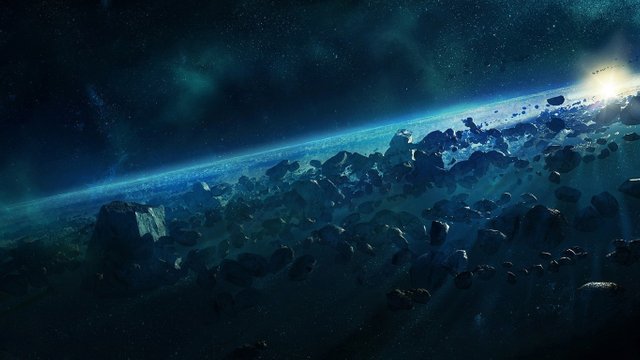
Anyway, I want to believe that this industry will confirm the promising forecasts, and as a result, humanity will be able to establish the safe extraction of resources, that will reduce the suffering of our planet and at the same time will open the way for further technological development.
sources: Asteroid mining, Asteroid WiKi, New class of easily retrievable asteroids discovered, NASA, Why asteroids are useful, Lagrangian point, Asteroid belt, Asteroid Retrieval Mission, Planetary Resources, Deep Space Industries images from Google search
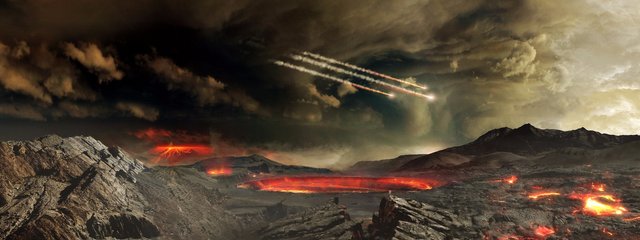
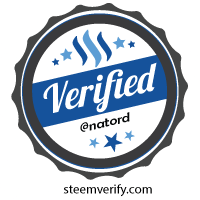
Thank you very much for this cool article. It gives a nice overview of the current state of space mining. I also wish we would start mining within the next 20 years. On our way we will gain valuable experience in space travel, manipulating large objects in space, and also how to build spaceships that can fly between earth, moon and mars on a regular basis. Today most spaceships just have enough fuel for one roundtrip and cannot take a "visit" to a new location. Once we have the new ion propulsion engines, space travel will make a huge jump forward.
Can´t wait for that!
Thank you for reading! :)
Asteroids saving Earth? Why not. Fascinating!
Really cool post buddy upvoted + following. Cheers and happy new year.
Thank you so much! :)
Happy New Year.
Isn't that crazy?! I remember reading something about diamonds being in asteroids as well. "Where'd you get your necklace?" "Space..." ;)
sounds really crazy:)
it's true, there are black diamonds in meteorites.
some meteorites look like:
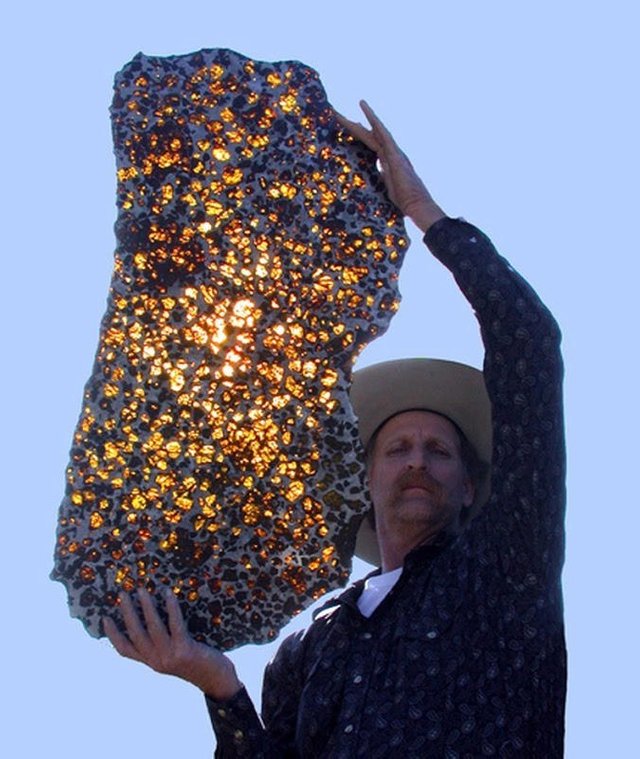
Maybe in a not too close future, but definitely achievable within 100 years, hopefully!
I'm hoping for faster results, within about 10 years (test production), and maybe after 20 years we wiil see established process and continuous mining :)
This is something we could hopefully witness ^^
I am hoping that with spacex going to mars it will open up this frontier. Cant wait.
Such an interesting post, i don't think they will exploit asteroids at the main time due to some lack in technology but in the future maybe they will! technology is advancing in a remarkable rate so yeah expect asteroid mining.
well, i'm not sure too that DSI will start mining in 2023, as they said, but maybe in 2030...
At the rate that technology is improving and evolving, this is definitely not a far-fetched idea.
I agree that it's not a far-fetched idea, but from an economic point of view, it may be that asteroids contain not so many minerals, that will lead to freezing of private programs and not to the active study of asteroids in General.